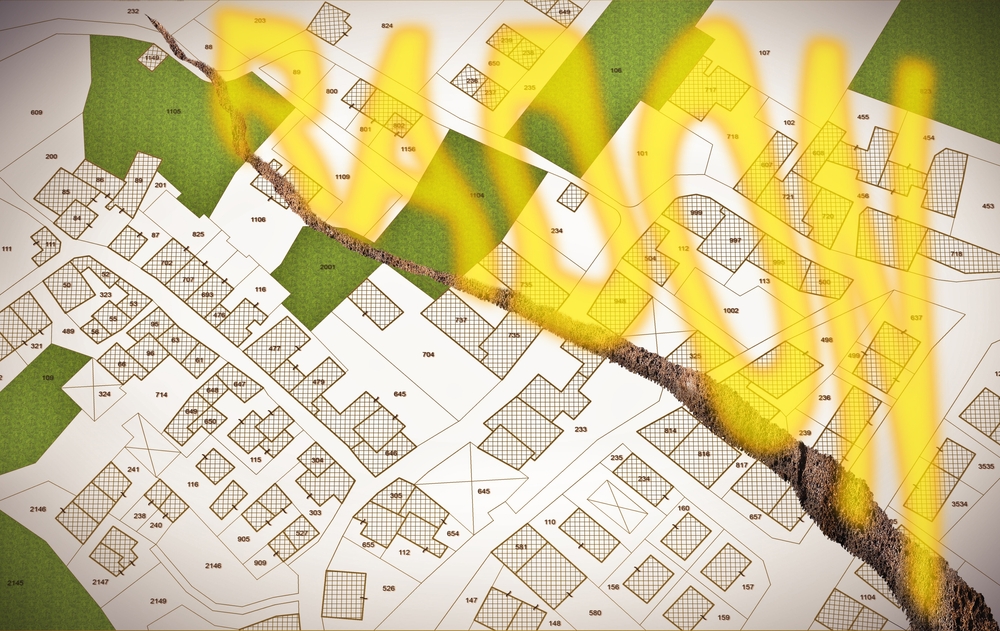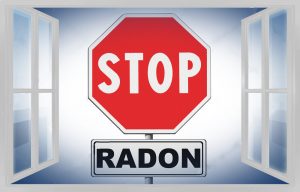Are you looking to reduce radon levels in your home? Have you taken things into your own hands?
DIY radon reduction systems can be effective in removing radon. However, you must consider a few factors before you embark on your project.
Below are a few helpful tips to achieve your goals.
Perform a Radon Test
A radon test is a must before you install any reduction system. You can conduct a quick radon test with readymade kits available in the market.
However, the best way is to perform a professional radon test. It assesses the radon levels in your property for days to provide an accurate reading.
A test helps you create a benchmark for your reduction system. You can also use this data to track the performance of your radon reduction project.
Consider Operating Costs for Radon Reduction
You may be able to create a DIY radon reduction system for $500. However, that is not the only cost you will have to bear.
It is necessary to consider the operating cost of your DIY system. Some setups will impact your home’s energy efficiency and utility bills.
For example, fans can be an excellent way to eliminate radon. However, they may allow hot or cold air from your home to escape outside.
This makes your utility bills increase. Therefore, do account for operating and maintenance costs to come up with the right solution.
Track Sources of Radon Radiation
Radon can enter a building in countless ways. It can seep into your basements or rooms where the floor is in direct contact with the earth.
Moreover, radon can enter from wall junctions through openings and cracks. The gaps beside pipes and cables can also be an entryway for radon.
Additionally, radon may creep in through water in your plumbing. Sometimes, building materials also release radon.
You can come up with the right solution only when you know the sources of radon in your home. For example, you can seal cracks on the floor if radon is coming from the soil.
Track the sources of radon and focus your efforts there.
Track the Direction of Air Movement for Radon Reduction
The natural air movement in your home determines whether radon escapes or builds up. It also plays a big part in creating your DIY radon reduction system.
Sometimes, it is possible to eradicate radioactive gas just by opening windows and vents. So, you may not need to invest in an expensive system.
You can track the airflow in your home by blowing smoke into:
- Sumps
- Drains
- Holes
- Cracks
Next, you track where the smoke is moving and coming out from. It will also help you track the routes of radon radiation to design your system.
Moreover, you may want to assess if there is a back-drafting of combustion appliances. In that case, a qualified inspector should check your appliances.
Consider the Architecture of Your Home
The architecture of your home influences the setup of your radon reduction system. You must take into account several factors such as:
- The foundation design
- Basements
- Crawlspaces
The foundation of your home is key to the design of your mitigation system. You can choose different options based on your house’s foundation type.
For example, covering exposed ground in crawl space homes is effective to eliminate radon. You can also use a fan and vent pipe to draw the radon from beneath the sheet outside.
Treat Water for Private Wells
Groundwater may be a source of radon radiation. Your home may invite radon if your water comes from private or ground wells.
In that case, you need to test the water of your well for radon levels. If the test is positive, you may need to opt for water treatment.
You can use aeration or filtration systems to free water from radon.
Final Thoughts
A DIY radon reduction system can work if you follow the right steps. Test your home for radon and use our tips to make your project a success.
However, you may need to rely on professionals if radon levels are high in your home. They can assess your home and come up with the right solution based on your needs. Most importantly, they can guarantee a radon-free home for a healthy and happy life. Make radon reduction simpler!




